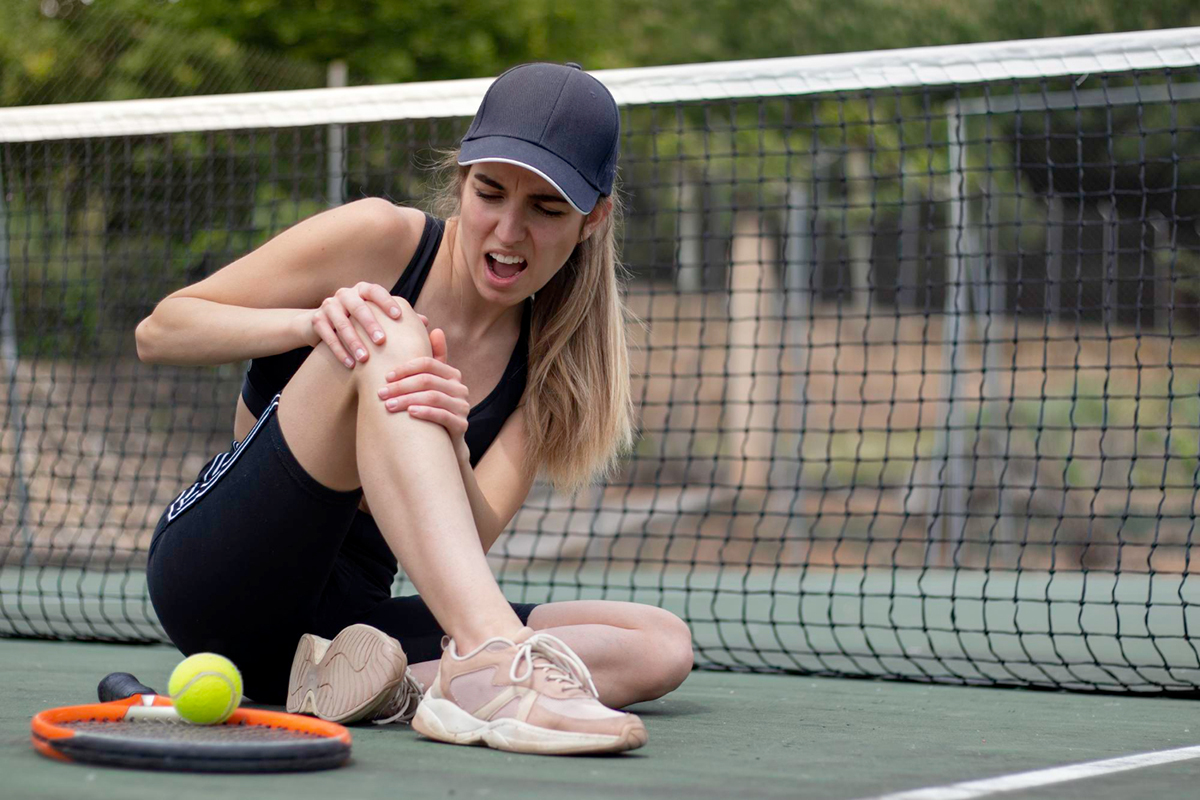
Injuries are part of sports, but when it comes to knee injuries like ACL tears, athletes are forced to rethink their game plan. The Anterior Cruciate Ligament or ACL, is one of the major ligaments that help stabilize the knee joint. When it gets torn, the joint can become unstable and painful. It's common among athletes of all levels but professional athletes are at a higher risk due to the intensity and frequency of their training and games. Once you suspect an ACL tear, it's important to seek prompt medical attention and treatment. In this blog, we will discuss the causes, symptoms, and treatments for ACL tears.
Causes
ACL tear can result from different scenarios including:
- Sudden stops and changes of direction
- Direct impact or collision on the knee joint
- Landing poorly after a jump, such as skiing or basketball
- Awkward pivoting or twisting during sports activities
Symptoms
The following symptoms can indicate an ACL tear:
- Sudden onset of severe pain in the knee
- Hearing a loud "pop" or "snap" at the time of injury
- Swelling and bruising around the knee
- Instability or a feeling that the knee is "giving out" when walking or standing
- Limited range of motion and stiffness
Treatment
The appropriate treatment for an ACL tear depends on the severity of the injury and the patient’s goals. Some non-surgical treatments can help ease symptoms, but surgery is often required. There are a number of surgical techniques and rehabilitation protocols used to return athletes back to their pre-injury level of activity. An orthopedic surgeon can provide recommendations on which treatment is best for each individual case. Prompt medical attention and intervention are essential to minimize complications and ensure best outcomes.
Prevention
Preventing an ACL tear is not always possible, but several strategies can help to reduce the risk, such as:
- Adequate training and conditioning, under the guidance of a professional trainer
- Strengthening the muscles around the knee joint, including the quadriceps, hamstrings, and core muscles
- Wearing appropriate supportive gear, like knee pads, braces, and athletic shoes
- Avoiding high-risk activities that put excessive strain on the knee
Conclusion
In conclusion, ACL tears are a serious injury that can have a lasting impact on an athlete’s mobility, health, and overall quality of life. Early detection and prompt treatment can help athletes get back to playing sports as soon as possible. As an athlete, it's crucial to work to prevent injuries as much as possible to stay healthy and active in life. If you suspect you have an ACL tear or any other knee issue, contact a specialist at Central Florida Bone and Joint Institute for evaluation and treatment.